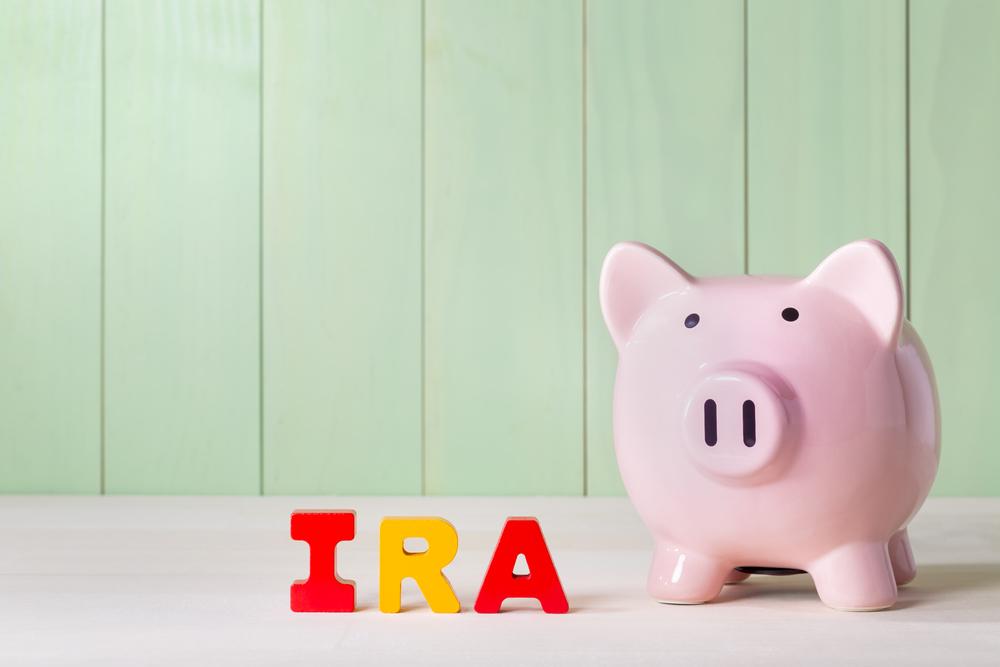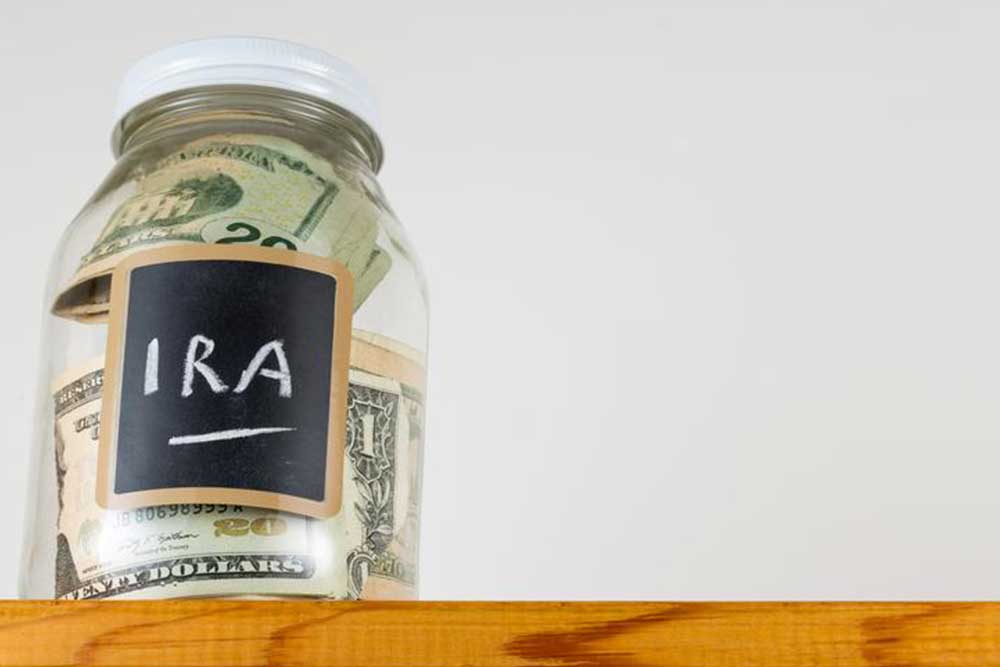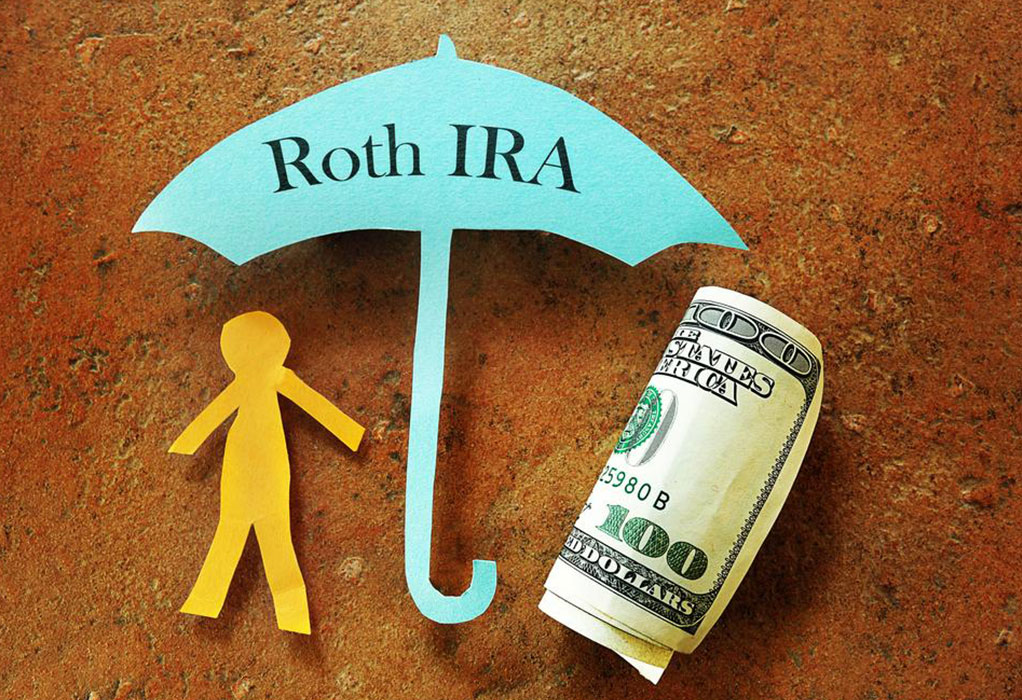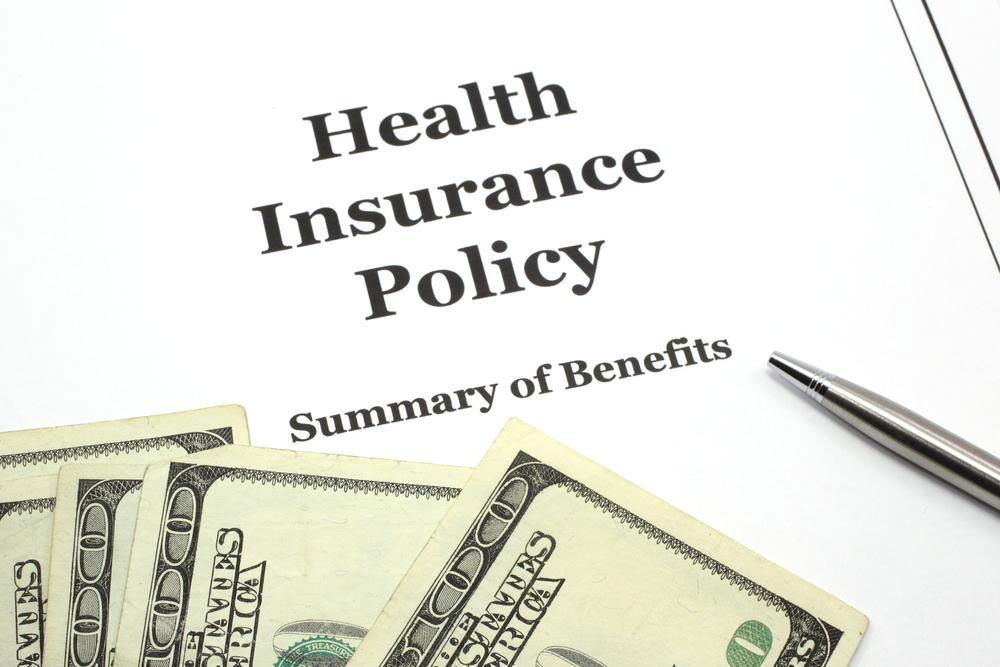Utilizing Retirement Funds to Pay Off Credit Card Debt: What You Need to Know
Learn how to leverage your IRA to pay off credit card debt wisely. Understand the rules, penalties, and exceptions involved in early withdrawal. Proper planning can help you eliminate debt while safeguarding your retirement savings.

Utilizing Retirement Funds to Pay Off Credit Card Debt: What You Need to Know
Managing substantial credit card debt can be stressful. If you're considering using your Individual Retirement Account (IRA) to clear your balances, it might seem like a quick solution. Your IRA can serve as a resource to eliminate debts, but is sacrificing your retirement savings worth it? Understanding the rules and consequences is crucial before proceeding.
Be Aware of Penalties and Taxes
Withdrawals from your IRA before retirement come with potential penalties. It’s essential to understand the specific terms of your IRA account.
Initially, early withdrawals may incur penalties. For a traditional IRA, withdrawing funds before age 59½ results in paying income tax plus a 10% penalty. Roth IRA withdrawals are tax-free if the account has been open for over five years, as the contributions are made with after-tax dollars.
Related Reading: Setting Spending Limits With Your Bank Or Credit Card
Steps to Consider
If you decide to use your IRA to pay off credit card debt, follow these guidelines:
List all your credit card debts, prioritizing from highest to lowest interest rate. Calculate the total amount needed to be settled.
Check your IRA balance to determine how much you can withdraw without exceeding your limits and incurring unnecessary penalties.
Once the funds are transferred, immediately pay off your credit card balances to avoid accruing more interest.
Exceptions to Early Withdrawal Penalties
Certain situations allow penalty-free withdrawals from your IRA, such as for higher education expenses, medical costs, or in instances of disability or death. You can also avoid penalties by making five equal periodic payments over time.
Before tapping into your IRA, carefully evaluate taxes and penalties involved. Proper planning ensures your debt is cleared while preserving your financial future.
Stay updated with the latest news on Credit Cards. Follow us on Facebook and Twitter for more investment tips.










